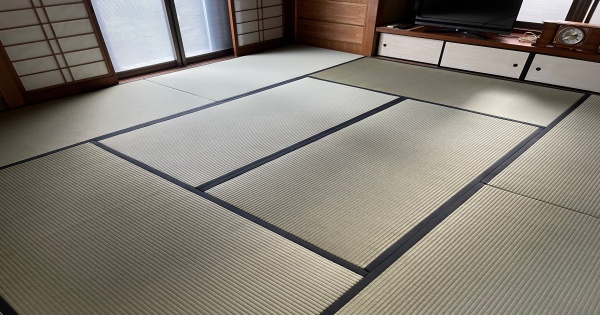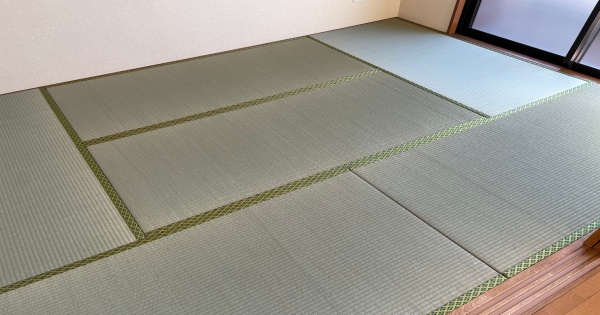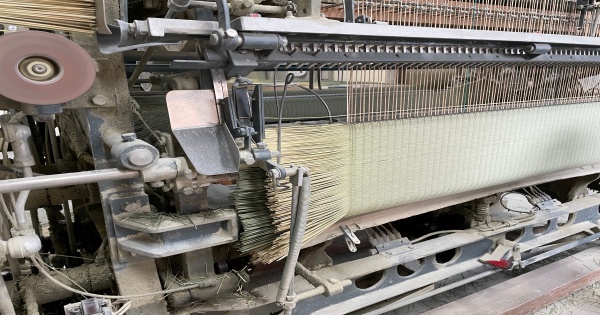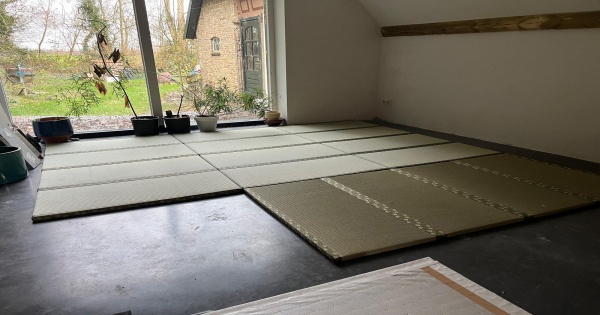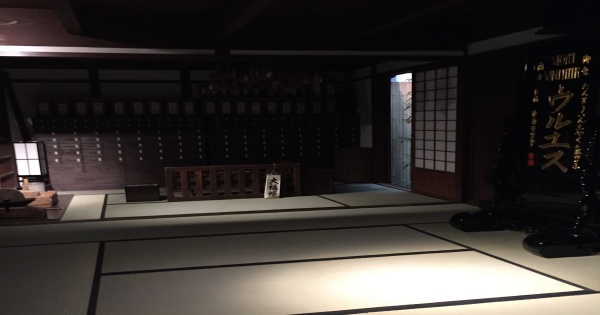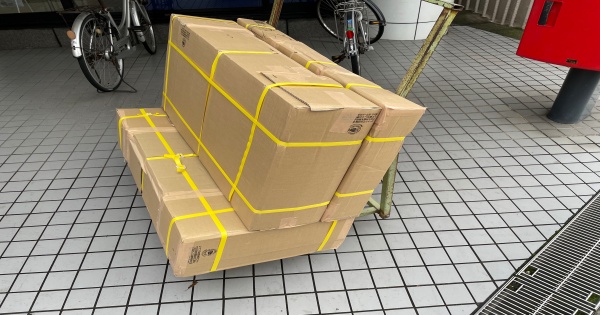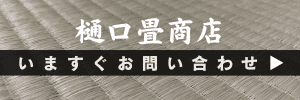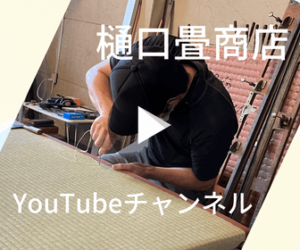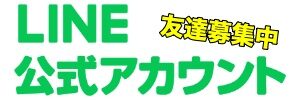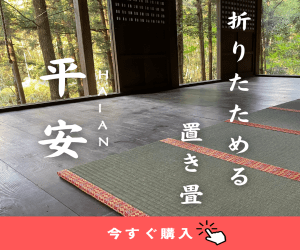
Tatami is a traditional Japanese flooring material, essential for any authentic Japanese-style room (washitsu). Its unique structure and materials contribute to creating a comfortable living space. In this article, we will explain what tatami is made of in detail. This is a must-read for anyone overseas who is interested in tatami.
Components of Tatami
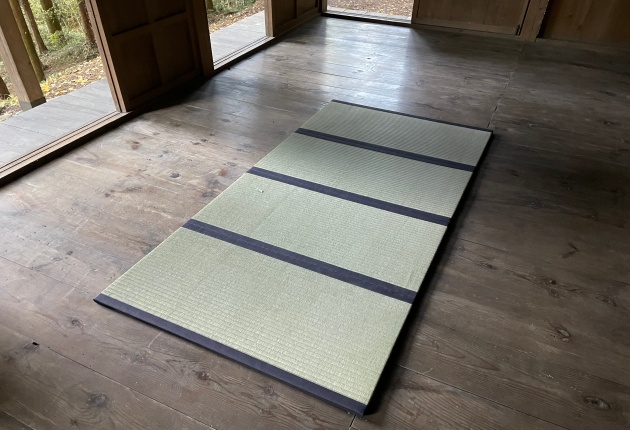
Tatami consists of four main parts: the tatami-omote (surface), tatami-doko (base), tatami-beri (edging), and tatami-ito (thread). Let's take a closer look at the materials and functions of each component.
Tatami-Omote (Surface)

The tatami-omote is the surface of the tatami, where you step and sit. It is typically made from the following materials:
- Domestic Igusa (Rush Grass): Grown in Japan, domestic rush grass is known for its high quality, durability, and softness. Kumamoto Prefecture is especially famous for producing high-grade igusa.
- Chinese Igusa: A more affordable option compared to domestic rush grass, Chinese igusa is often used in more budget-friendly tatami.
- Washi (Japanese Paper) Wood Pulp: Tatami surfaces made from washi are resistant to fading and easy to maintain. They are durable and suited for modern lifestyles.
- Sekisui Polypropylene and Inorganic Materials: Tatami-omote made by Sekisui uses polypropylene and inorganic materials, making them water-resistant and durable. These are particularly recommended for households with pets.
Tatami-Doko (Base)
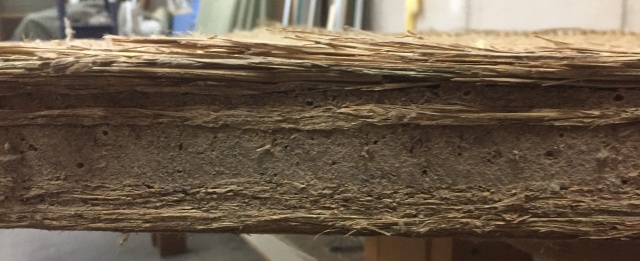
The tatami-doko is the core material inside the tatami that determines its thickness and firmness. There are three main types:
- Wara-doko (Straw Core): Made from layered straw, this traditional material offers flexibility and breathability. While less common today, it is still used in traditional tatami.
- Kenzo-doko (Insulation Board): Made from compressed wood fibers, this type is lightweight and stable. It is often used in apartments and modern homes.
- Styrofoam Core: A type of expanded polystyrene, it is light and moisture-resistant. With added insulation, this material is frequently used in modern tatami.
Tatami-Beri (Edging)

Tatami-beri is the fabric attached to the edges of tatami. It adds a decorative touch and has functional importance. The materials used include:
- Hemp: A natural material known for its durability and breathability. It is commonly used in high-end, traditional tatami.
- Cotton: Soft and comfortable, cotton provides a luxurious finish to tatami.
- Polypropylene: A synthetic fiber that is affordable and durable, making it a popular choice for modern tatami.
- Polyester: Known for its wear resistance, polyester is available in a variety of designs and colors.
- Nylon: A flexible and strong material, nylon is often used in standard tatami edging due to its cost-effectiveness.
Tatami-Ito (Thread)
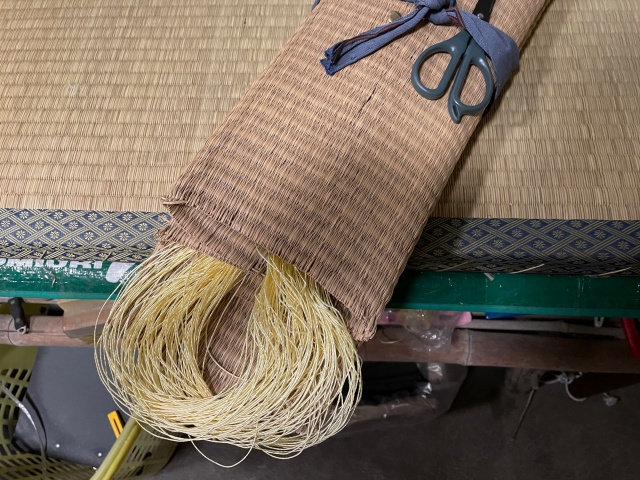
The thread used to stitch the tatami together also plays an important role. The materials used for tatami-ito include:
- Hemp Thread: A natural material that is strong and durable. It has been traditionally used in tatami construction.
- Vinylon: A synthetic fiber that is lightweight and durable, making it a popular choice for modern tatami.
- Synthetic Thread: With both durability and cost-effectiveness, synthetic threads are widely used in most tatami.
Conclusion
Tatami is a functional and beautiful flooring material made from a combination of natural and artificial materials. The tatami-omote, tatami-doko, tatami-beri, and tatami-ito each serve a specific purpose, creating the unique texture and functionality of tatami.
Deeply rooted in Japanese culture and climate, tatami involves thoughtful selection of materials. If you're interested in tatami, now is a great time to explore and choose the right one for you.
